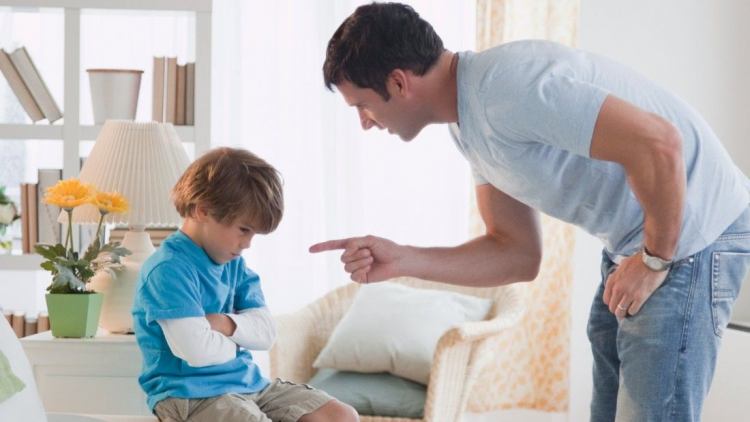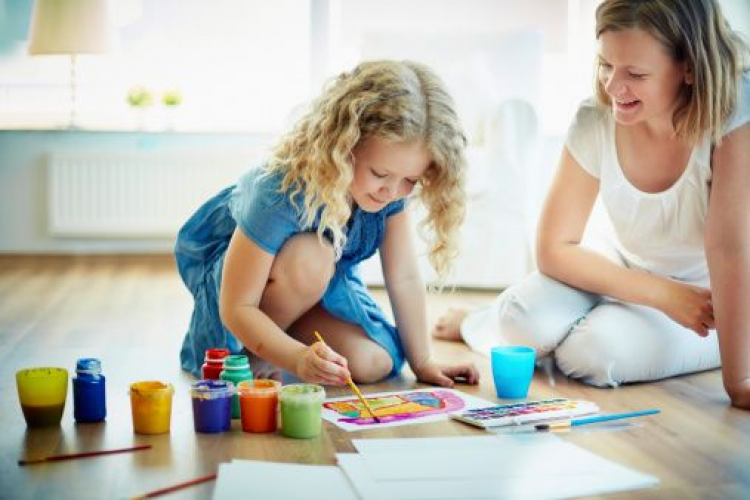We all have personal space called boundaries. The purpose of boundaries is to keep us safe and help us say yes and no. Boundaries also help us take responsibility for our actions, attitudes, and emotions. Children who grow up with boundaries in place within their family, learn that they can't always have their own way and these children tend to develop patience and self control.
Firm boundaries like regular meal times, bed time, homework time, and technology time — that are clear and set and monitored by the parent (not set by the child)— create certainty and predictability in a child's life. When your child knows what is acceptable behaviour, such as they must do chores before playing on the iPad, they will also know when they are outside of the limits. This increases a child’s awareness of consequences and can assist them to become internally motivated.
Boundaries and known consequences within a family reduces uncertainty, which in turn reduces anxiety. Boundaries help give the child a choice and providing choices (limited choices, not a choice in everything) allows children to feel respected and empowered.
Remember that the way we parent is preparing our child for the future.
Art activity to explore boundaries with your kids (suitable for chidlren age 5 years and up)
Provide a clear work space for you all to sit down together (a table or on the floor is ideal). Provide white paper, felt pens, pencils and paint (paint is optional, but it is important to have a variety of art mediums available).
Step 1: Explain what a boundary is (a boundary is our personal space, it is the space we live in, but its invisible. We all have boundaries.)
Step 2: Explain what the purpose of boundaries are (boundaries keep us safe and help us say yes and no).
Step 3: Ask your child to close their eyes or relax and look at their piece of paper. Encourage them to try and imagine their personal space. Ask them to imagine it in as much detail as possible.
Step 4: Ask these rhetorical questions while they have their eyes shut/are relaxed:
- Is it thick or thin?
- Does it have a colour?
- What do you think it might be made from?
- Is there anything the boundary is keeping out?
- Is there anything inside the boundary?
Step 5: Both you and your child/ren are free to choose any art materials to draw yourself and your boundary.
- Remember that there is no right or wrong answer.
- Allow them to play, don’t guide at all.
Debrief Questions For Your Child
What do you see?
How does the boundary make you feel?
Is there anything that needs to change? (they can go ahead and change it on the artwork and talk about it if wanted).
Debrief Questions For You as a Parent
What did I learn about my boundaries?
What did I learn about my child/rens boundaries?
Are our boundaries keeping us safe and helping us say yes and no?
Is there anything that needs to change?



